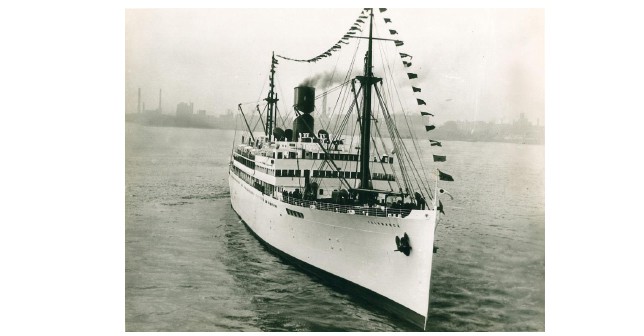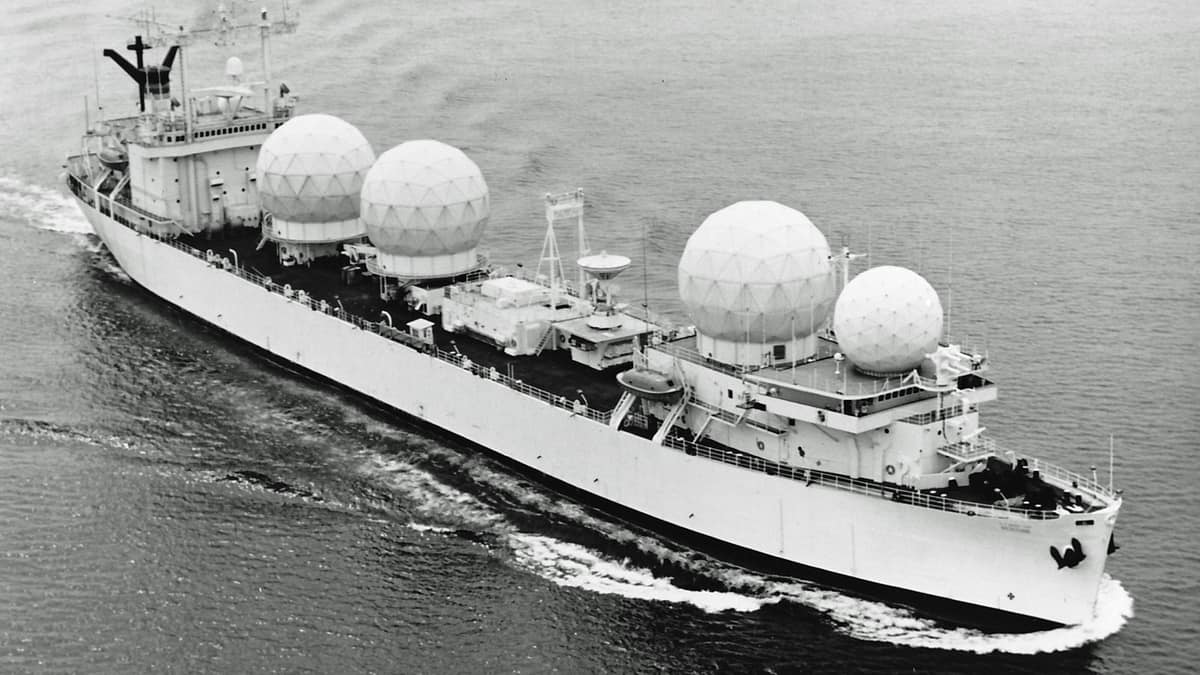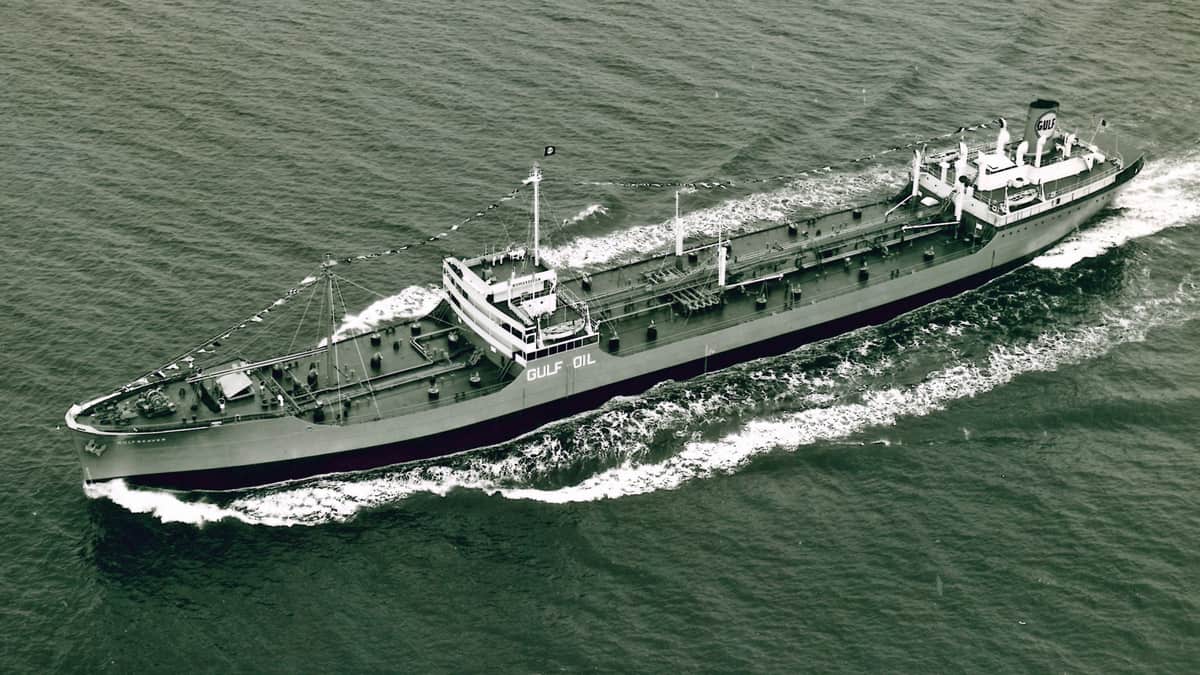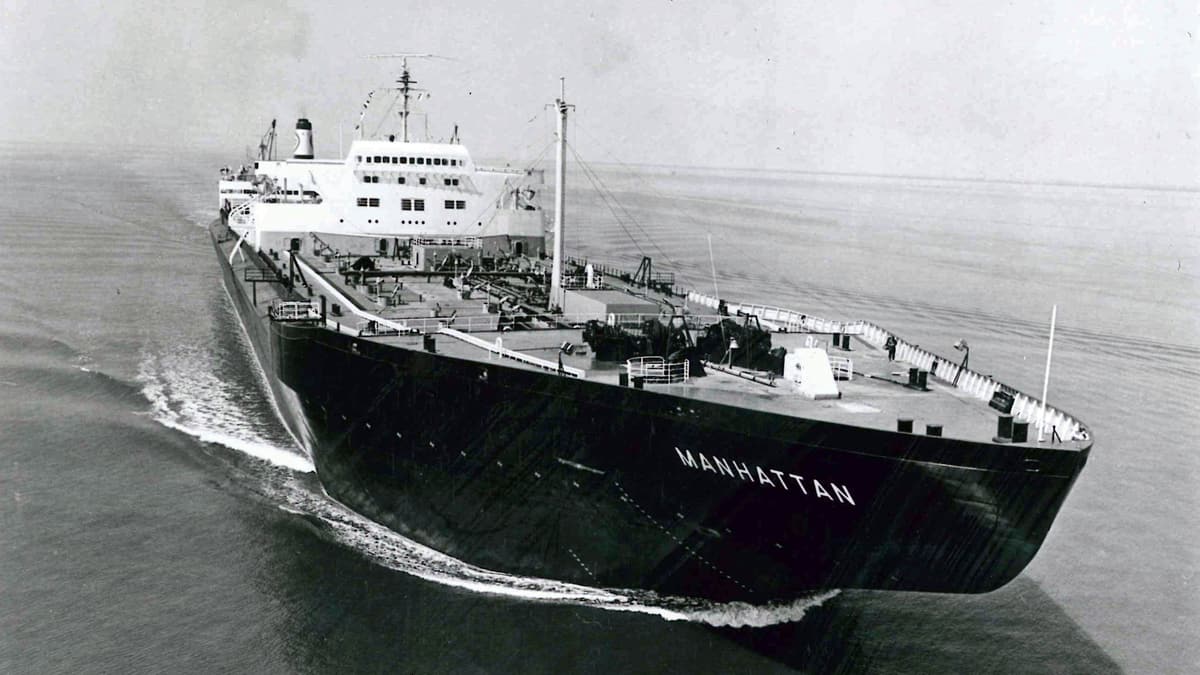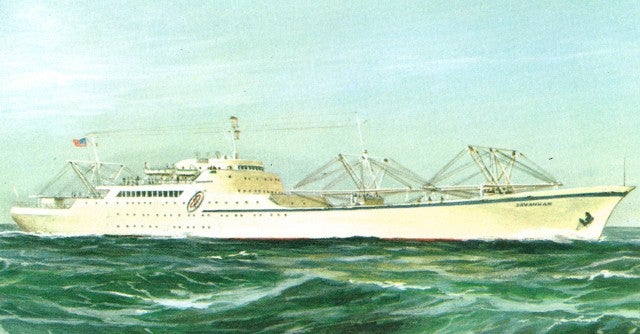Other FreightWaves Products
Did you know there are ships named after college football teams?
During the past century, hundreds of ships in the U.S. merchant marine have been named after colleges and their football teams.
Maritime History Notes: Ships of concrete
The U.S. government at the start of World War I looked to concrete vessel hulls to counter severe steel shortages when the country entered the war.
Maritime History Notes: 150 years of refrigeration
Today’s refrigeration systems in transportation are extremely sophisticated, rooted in a history that reaches back nearly 150 years.
Maritime History Notes: Daniel K. Ludwig — father of the supertanker
American shipping magnate believed in efficiency and economies of scale in operating the world’s largest ships.
The evolution of car carriers
As cars gained popularity, ships were converted and built specifically for transporting vehicles overseas.
Maritime History Notes: When US intercoastal lumber trade floated fleets
By the start of the 1900s, about 40 U.S.-flag ships were operated by the country’s lumber titans, proving to the industry at the time that marine transport was more efficient than rail.
Maritime History Notes: Tankers landed for Apollo program
Three laid-up Mission tankers were enlisted to help get a man on the moon.
United States Lines enjoyed its share of glory years
FreightWaves Classics examines storied ocean carrier U.S. Lines, which was persistent in its desire to operate a successful cargo ship named the American Shipper.
Misdeclared cargo and the fabled Rock Island Line
Cargo misdeclaration may save a shipper money on freight rates, but this underhanded act threatens the lives of those who provide the transportation.
Maritime History Notes: Pioneering LNG carriers
Though maritime shipments of LNG are routine today, it was only 62 years ago that the first shipment of LNG occurred.
Maritime History Notes: ‘Jumboized’ T-2 tankers
How former World War II-built American tankers became the bulwark of international commercial oil transport in the 1950s and 1960s.
Maritime History Notes: Beirut blast echoes Texas City catastrophe
The recent death and destruction at the Port of Beirut from ammonium nitrate reminds us that continued carelessness with handling this substance dooms us to repeat history.
Bay of Pigs invasion fleet was no match for Castro
The Cuban invasion force was to land under the cover of night to begin a counter-revolution against Cuba’s communist government, but the operation unraveled in hours as the invasion fleet floundered in the Bay of Pigs.
Maritime History Notes: America’s hospital ships
The Comfort and Mercy, now assisting America through the COVID-19 pandemic, started as crude oil tankers.
Maritime History Notes: The multipurpose tanker Manhattan
Once America’s largest merchant ship, oil tanker, icebreaker and research vessel.
Maritime History Notes: Four ships looking for a home
A handful of iconic American merchant ships have cloudy futures.
Maritime History Notes: Dry cargo on tankers
Over the years, hundreds of tankers were employed in the grain trades.
Maritime History Notes: Hazards of the sea
Cargo on board a ship has frequently been the cause of damage or total loss.
Maritime History Notes: Waterman Steamship Co. at 100
Of the 200 U.S.-flag shipping companies that were formed after World War I, only one remains in operation today.
Maritime History Notes: The China trade 1784 to today
For 235 years China and the U.S. have sought out each other’s markets by utilizing their fleets of merchant ships.
Maritime History Notes: The father of integrated shipping
If Sea-Land founder Malcom McLean is recognized as the “father of container shipping,” then surely Charles Morgan should be deemed the “father of integrated shipping” since he was the first […]
Maritime History Notes: The Cuban rail ferries
The Florida East Coast Railroad’s ships ran a regular and profitable service from 1915 to 1940.
Maritime History Notes: A special National Maritime Day
This year marks the 200th anniversary of the first steamship to sail across the Atlantic.
Maritime History Notes: Nuclear Liberty ship scrapped
The Sturgis proved that a floating nuclear power plant was not only possible but practical and safe.
Maritime History Notes: A pioneering containership
The S.S. Fairland had a storied career before being converted for commercial operations.
Maritime History Notes: Last American passenger ships
The scrapping of sister passenger- and cargo-carrying vessels marked the end of an era.
Maritime History Notes: Tug barge units
Most barges in the early days began their use as sailing ships.












